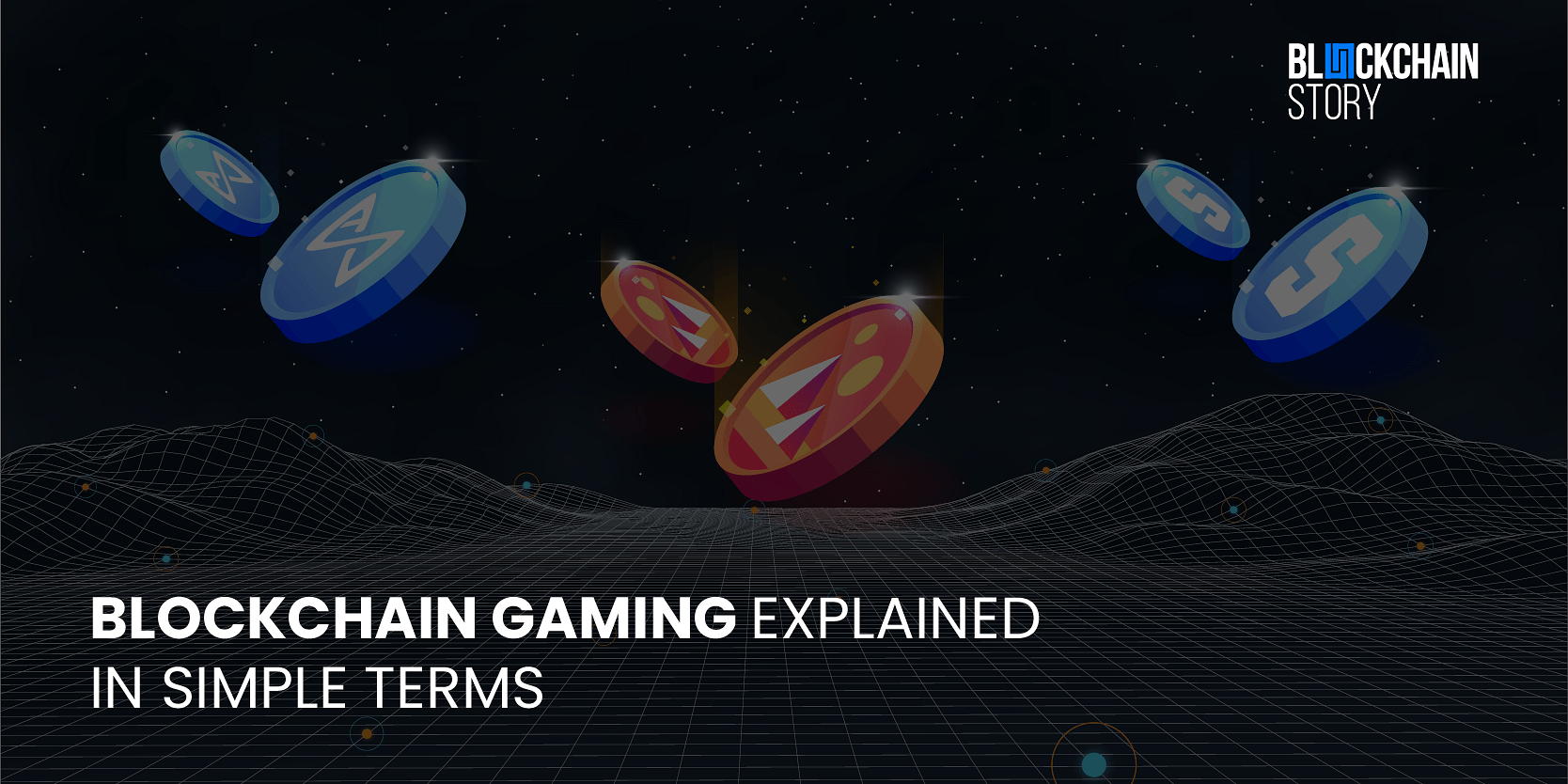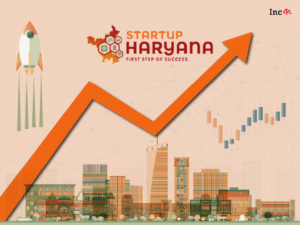(Beginners may find our explainer article on blockchain technology and NFTs helpful before attempting to understand blockchain-based gaming.)
At over 400 million, India has the largest number of mobile gamers in the world. Desktop and gaming consoles like PlayStations, Xboxes etc are some of the other popular platforms.
So far, all the top and popular games like Call of Duty, Among Us, Grand Theft Auto, etc have followed a centralised model, i.e. the maker of a game controls it through administrators and stores all game data on a central server.
Now, with the rise of blockchain technology, decentralised gaming is gaining attention globally, spearheaded by the likes of blockchain-based games Axie Infinity (AXS), The Sandbox (SAND), Decentraland (MANA), etc.
On a blockchain-based game, players have complete control over their digital identities, accounts, and assets. They also have full freedom in interacting with the game’s native micro-economies to trade and encash assets as they please.
This is unlike a centralised game where all player items, collectibles, currency etc are recorded on the game maker’s database, and hence wned and controlled by a single company.
Centralised game servers are also prone to malfunction, infiltration, shutdown, manipulation by developers/admins, and do not offer players transparency on game mechanics.
How blockchain games are different
In a blockchain game, players have real ownership of in-game assets. Generally, these assets are represented by NFTs, which provide players with proof of ownership of the assets.
In-game equipment, wearables, player skins, cards etc are some examples of assets that can be linked to NFTs on a blockchain-based game and maintained on the game’s distributed network.
As players are empowered to freely own and trade their in-game assets, micro-economies or decentralised marketplaces form inside the game.
Further, as blockchains are trustless, the protocol eliminates the need for trust between player-traders and/or a middleman or third party to regulate the marketplaces. Blockchains also allow transfer of value and facilitation of payments between users through cryptocurrency, and this holds good for micro-economies in blockchain-based games.
Through NFTs (for digital assets) and crypto (for transfer of value), blockchain tech may also allow for gamers to transfer and use assets between different games or trade them on other gaming markets as well.
Based on the implementation of the game, players can be handed the power to vote in favour of or against updates or changes to game mechanics.
The distributed nature of blockchain also prevents hackers from disrupting/attacking the game since distributed networks do not have a singular point of failure. A blockchain-based game also continues to run even if its developers quit or move out.
While these factors pose various advantages for blockchain games over their centralised counterparts, distributed ledger technology has some cons.
In terms of network speed and scalability, blockchains are slower than centralised networks, thereby impacting in-game transactions. Further, as blockchain is still a nascent technology, games built on it are still fairly simplistic, low budget, and lack mass adoption.
Popular blockchain-based games
Axie Infinity (AXS)
Axie Infinity was built by Sky Mavis to introduce the gaming world to crypto in a fun manner. It is a play-to-earn game, where Axies are digital pets players can collect, battle, and use to earn tokens and cash out at regular intervals.
The game uses Ethereum-based cryptocurrency AXS (Axie Infinity Shards) and SLP (Smooth Love Potion). On its platform, NFTs and crypto allow property rights to be given to users.
Axie Infinity also features a robust community and scholarship programme to empower and educate new players. In October 2021, Sky Mavis raised $152 million from Andreessen Horowitz, Mark Cuban, and others to grow Axie Infinity.
The Sandbox (SAND)
The Sandbox is a virtual world game that provides players with tools to build their own nonlinear gameplay. The Sandbox, which was built by Pixowl and acquired by Animoca Brands, uses SAND to power its in-game economy.
The Ethereum-based game allows players to create their digital avatars and make use of tools to create in-game assets, turn them into NFTs, and trade/sell them. As such, The Sandbox can be considered a play-to-earn game. The Sandbox also allows the sale of in-game, virtual land, allowing landowners to build digital experiences on the platform.
In November 2021, the game raised $93 million in a Series B funding round led by SoftBank’s Vision Two Fund and a clutch of other investors.
Decentraland (MANA)
Decentraland is a digital environment where players can own land, host virtual events, generate and share content, and engage in various social activities.
Like Axie Infinity, The Sandbox and other blockchain-based games, Decentraland leverages blockchain technology to empower players to own their digital identities and in-game assets.
Decentraland has been a leading name in the blockchain-based gaming world, and uses MANA – an Ethereum standard token – to power its economy. The game has grown popular particularly due to LAND, its virtual real estate NFT.
Decentraland had raised $26 million in an ICO in 2017, and reportedly, further rounds of unknown size from Digital Currency Group, Kenetic Capital, FBG Capital, CoinFund, and Hashed.
Gaming and the Metaverse
Besides Axie Infinity, The Sandbox and Decentraland, some other popular projects in the space are VR game Bloktopia, NFT platform Enjin, role-playing game Ilivium, gaming platform Gala, and more.
The top gaming crypto tokens have a $21 billion market cap, which is low in comparison to the top crypto coins like Bitcoin (over $1 trillion) and Ethereum ($536 billion).
With the rising popularity of the concept of the Metaverse – a shared, gamified, 3D virtual world for people to connect – the play-to-earn model of blockchain-based games may play a big role in incentivising the uptake of Metaverse platforms.
Decentralised, blockchain-based platforms are bullish on the idea, as are centralised tech giants such as Meta (formerly Facebook), Microsoft, and others that are building in the space. Centralised games such as Fortnite and Roblox have also been building the closest Metaverse-like experiences.


![Read more about the article [Funding alert] Element5 raises $30M in Series B round led by Insight Partners](https://blog.digitalsevaa.com/wp-content/uploads/2022/03/V-05-1600852077699-300x150.png)







